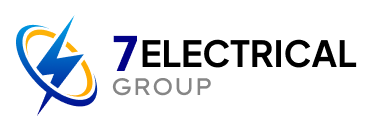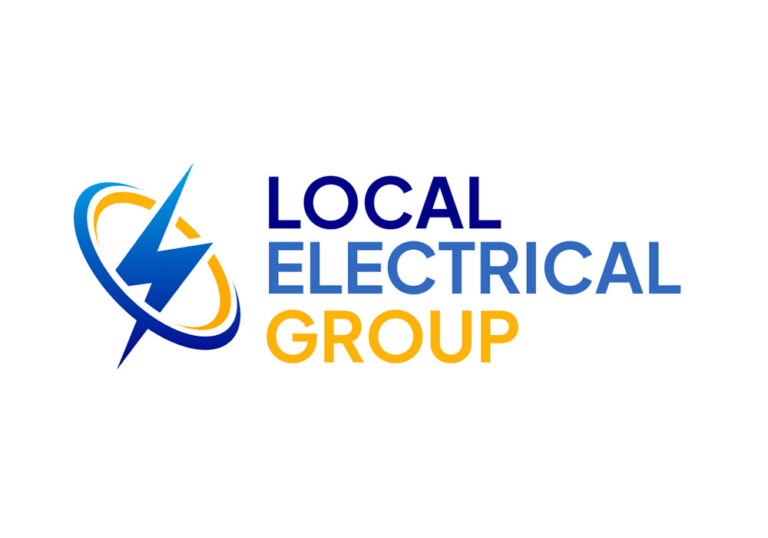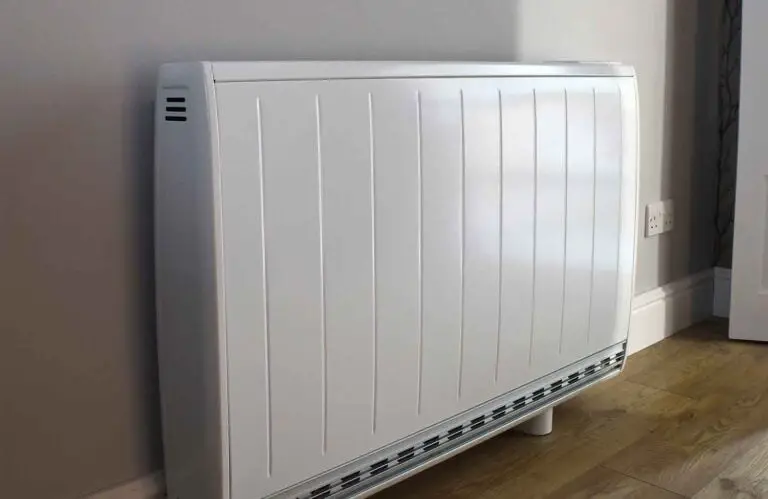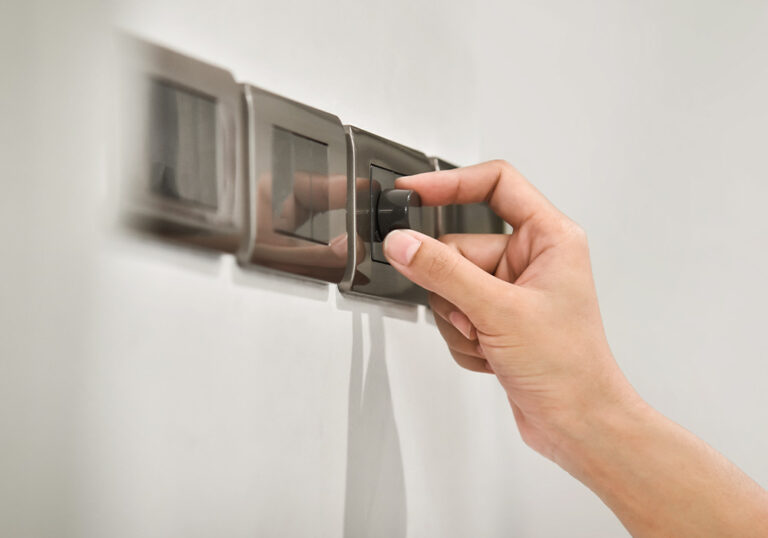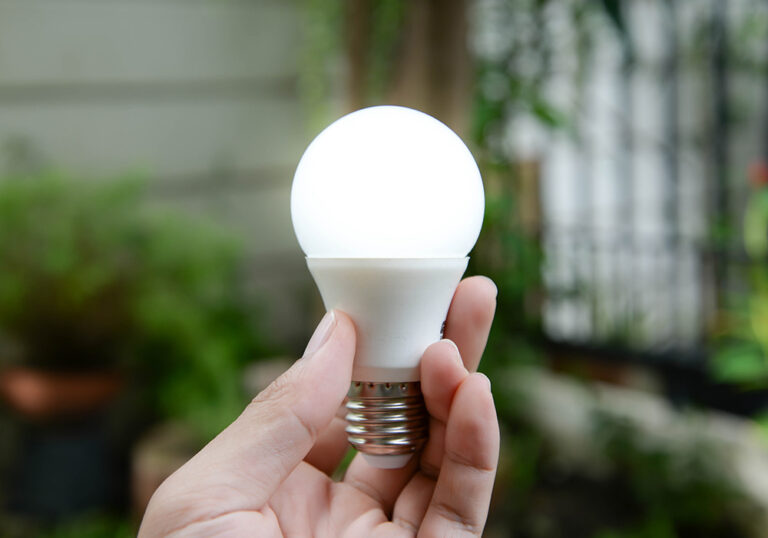Line Voltage vs Low Voltage: Understanding Electrical System Differences
When you’re choosing lighting solutions for your space, understanding the difference between line voltage and low voltage is crucial as it influences not only the installation process but also the efficiency and application of each system. Line voltage, commonly utilised in most residential and commercial spaces, refers to the standard mains electricity supply, which in the United States is typically 120 volts. This type of voltage directly powers a wide range of appliances, lighting fixtures, and other devices without the need for a transformer.
In contrast, low voltage systems operate at a much lower voltage, commonly 12 volts or 24 volts, and require a transformer to step down the line voltage to a safer, lower level. This attribute makes low voltage lighting popular for certain applications where lower power consumption and increased safety are considerations, such as in landscape lighting, certain types of recessed lighting, and track lighting. Assessing your specific needs will help determine which voltage system best suits your project, taking into account factors like energy efficiency, safety, and the intended use of the lighting.
Key Takeaways
- Line voltage refers to the mains electricity typically at 120 volts in the US.
- Low voltage systems require a transformer to step down line voltage to 12 or 24 volts.
- The choice between the two depends on factors like efficiency, safety, and application.
Fundamentals of Line Voltage
Your understanding of line voltage is essential, particularly when addressing electrical installations and appliance requirements within your residence or a commercial facility.
Electrical Standards and Line Voltage
Line voltage, often recognised as the standard voltage, varies globally. In the UK, your household electrical appliances operate at 230 volts which is the nominal line voltage. This is the electrical potential typically supplied by utility companies and is the standard for powering most equipment and lighting.
- UK Standard Residential Voltage: 230V
- Frequency: 50Hz
Advantages of Line Voltage
Utilising line voltage offers distinct benefits:
- Direct Power Supply: Your devices receive power from the main electrical panel without the need for transformers.
- Standardisation: Most electrical appliances are designed to operate on standard line voltage, simplifying compatibility.
- Installation: Electrical systems using line voltage are straightforward in design, making them easier to install and maintain.
- Reliability: Line voltage systems are robust and less susceptible to voltage drop over long distances, ensuring a consistent power supply to your appliances.
Understanding Low Voltage Systems
Low voltage systems operate at significantly lower voltages than your main household supply, typically using a transformer to step down the voltage to safer, more manageable levels.
Characteristics of Low Voltage
Voltage Level: Low voltage systems generally work at voltages below 50 volts AC, often around 12 to 24 volts.
Safety: Due to their lower energy, these systems present a reduced risk of electrical shock.
Cabling: You will typically employ thinner and less expensive cables, as the lower voltage requires less insulation and can carry lower current.
Benefits of Low Voltage
Energy Efficiency: These systems can be more energy-efficient, especially in low-power applications like LED lighting.
Flexibility: With easier cabling requirements, you gain flexibility in installation, particularly in challenging spaces.
Longevity and Durability: Low voltage lighting, for instance, often exhibits a longer lifespan and better durability compared to line voltage equivalents.
By understanding the characteristics and recognising the benefits, you can determine if low voltage systems meet your requirements effectively.
Comparing Line Voltage and Low Voltage
When choosing lighting for your home or project, understanding the technical and practical differences between line voltage and low voltage is key.
Installation Differences
Line Voltage Systems:
- Typically operate directly on mains electricity (120 or 240 volts).
- Do not require a transformer for operation.
- Installation might require professional handling due to the higher voltage levels.
Low Voltage Systems:
- Operate on a reduced voltage, often 12 or 24 volts.
- Require a step-down transformer to convert high mains voltage to a safer, lower voltage.
- Easier and safer to install by yourself, but professional assistance ensures optimal setup.
Safety Considerations
Line Voltage Systems:
- Higher risk of electric shock during installation or when handling exposed wiring.
- Must adhere to stringent safety regulations.
Low Voltage Systems:
- Safer to handle due to the lower voltage, reducing the risk of electric shock.
- Installation is less hazardous, making them ideal for outdoor areas or damp environments.
Energy Efficiency
Line Voltage Systems:
- Provide more power, making them suitable for larger appliances and areas requiring bright lighting.
- Can be less energy-efficient, as the higher voltage lighting may consume more electricity.
Low Voltage Systems:
- Consume less power due to the lower voltage.
- Often more energy-efficient, especially when used with LED technologies.
- Ideal choice for areas requiring subtle, ambient lighting or where energy conservation is a priority.
